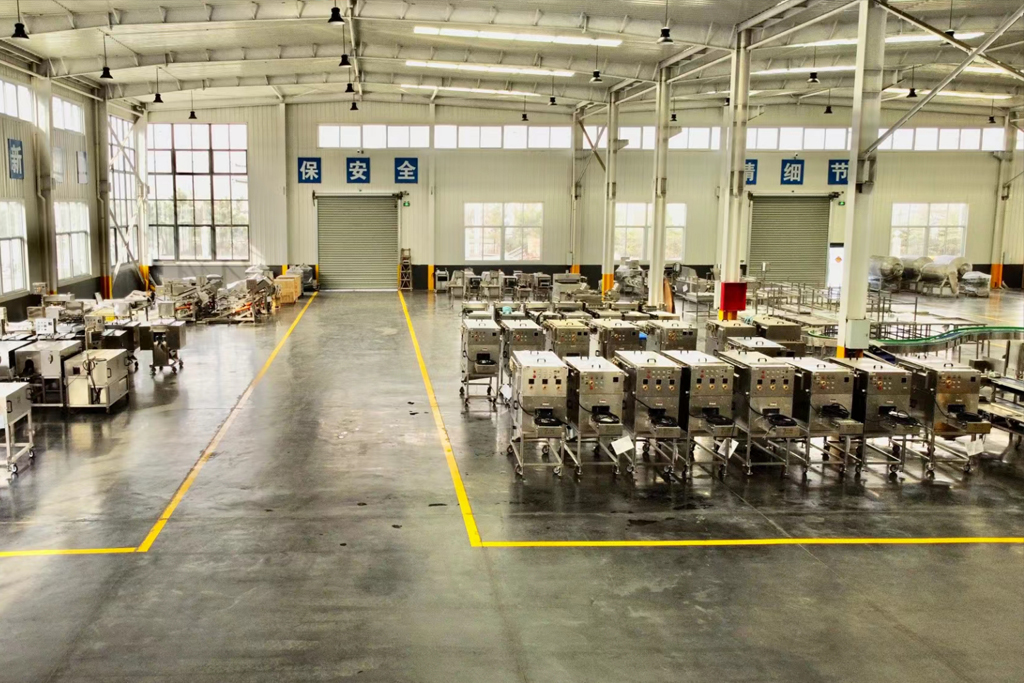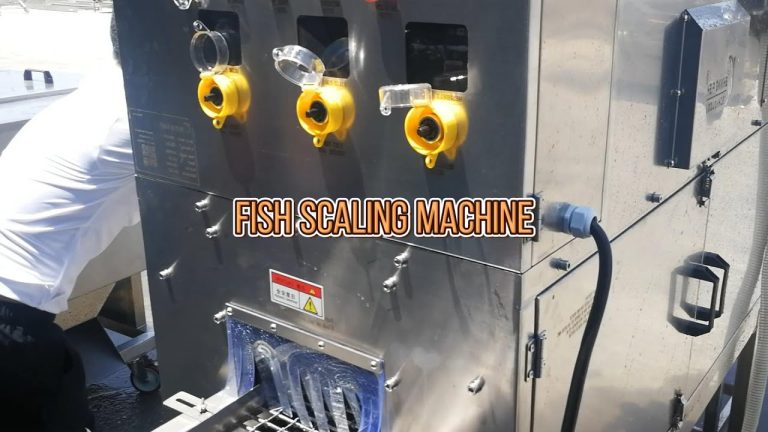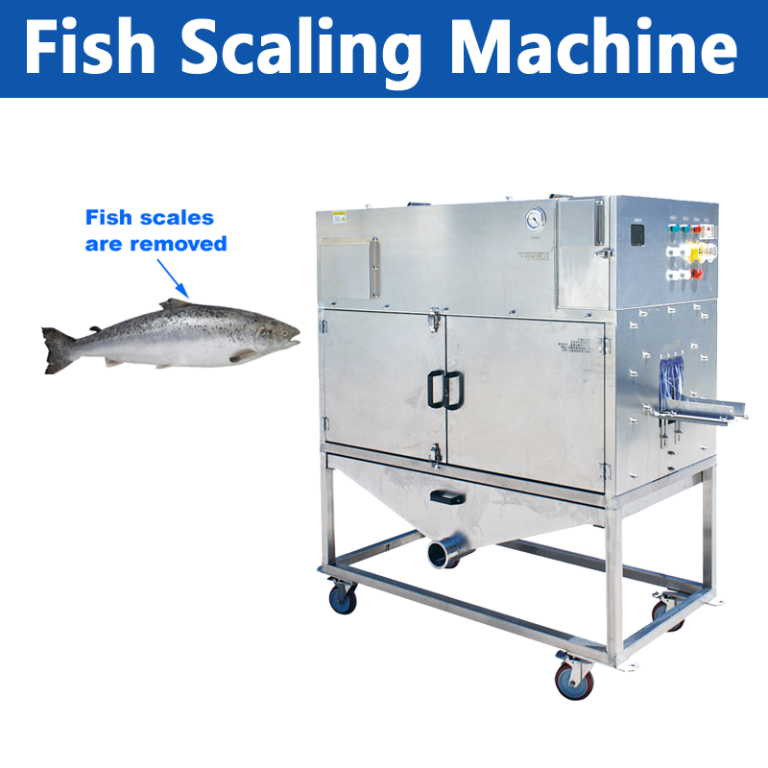Table of Contents
Fillet Machine

A fillet machine is a specialized piece of equipment commonly used in food processing facilities to automate the process of removing bones from fish fillets. This machine is designed to streamline the filleting process, increasing efficiency and productivity in seafood production.
One key feature of a fillet machine is its precision cutting mechanism, which can accurately separate the fish flesh from the bones with minimal waste. By using advanced cutting techniques, fillet machines are able to produce consistent fillets of uniform size and shape, meeting quality standards and customer demands.
Furthermore, fillet machines are equipped with safety mechanisms to ensure the protection of workers operating the equipment. These safety features may include sensors to detect any abnormalities during operation, emergency stop buttons, and protective guards to prevent accidents and injuries in the workplace.
Benefits of Using a Fillet Machine
Utilizing a fillet machine in seafood processing offers various benefits to food manufacturers. One significant advantage is the increased speed and efficiency in filleting large quantities of fish compared to manual processing. This can lead to cost savings and higher production output for businesses.
Another benefit of using a fillet machine is the improved quality and consistency of the fillets produced. With precise cutting technology and automation, fillet machines can ensure that each fillet meets the desired specifications in terms of size, shape, and bone removal, enhancing the overall product quality.
| No. | Option |
| 1 | Fish processing machine |
| 2 | Fish scalers |
| 3 | Cut fillet fish machine |
| 4 | Fresh fish cutting machine |
| 5 | Fish skin removing machine |
| 6 | Fish washing machine |
| 7 | Fish ice glazing machine |
| 8 | Fish killing scaling gutting filleting machine |
| 9 | Fresh fish meat picker |
| 10 | Fish slicing equipment |
Additionally, by automating the filleting process, companies can reduce the reliance on manual labor, which in turn minimizes the risk of repetitive strain injuries among workers. This contributes to a safer working environment and promotes better occupational health and safety practices in the food processing industry.




